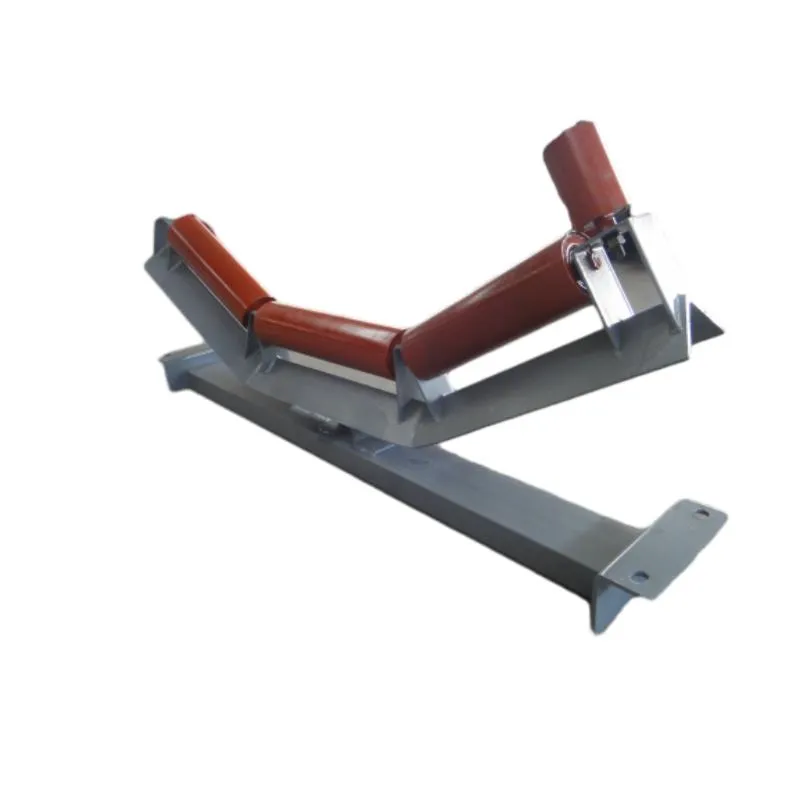 Afrikaans
Afrikaans  Albanian
Albanian  Amharic
Amharic  Arabic
Arabic  Armenian
Armenian  Azerbaijani
Azerbaijani  Basque
Basque  Belarusian
Belarusian  Bengali
Bengali  Bosnian
Bosnian  Bulgarian
Bulgarian  Catalan
Catalan  Cebuano
Cebuano  Corsican
Corsican  Croatian
Croatian  Czech
Czech  Danish
Danish  Dutch
Dutch  English
English  Esperanto
Esperanto  Estonian
Estonian  Finnish
Finnish  French
French  Frisian
Frisian  Galician
Galician  Georgian
Georgian  German
German  Greek
Greek  Gujarati
Gujarati  Haitian Creole
Haitian Creole  hausa
hausa  hawaiian
hawaiian  Hebrew
Hebrew  Hindi
Hindi  Miao
Miao  Hungarian
Hungarian  Icelandic
Icelandic  igbo
igbo  Indonesian
Indonesian  irish
irish  Italian
Italian  Japanese
Japanese  Javanese
Javanese  Kannada
Kannada  kazakh
kazakh  Khmer
Khmer  Rwandese
Rwandese  Korean
Korean  Kurdish
Kurdish  Kyrgyz
Kyrgyz  Lao
Lao  Latin
Latin  Latvian
Latvian  Lithuanian
Lithuanian  Luxembourgish
Luxembourgish  Macedonian
Macedonian  Malgashi
Malgashi  Malay
Malay  Malayalam
Malayalam  Maltese
Maltese  Maori
Maori  Marathi
Marathi  Mongolian
Mongolian  Myanmar
Myanmar  Nepali
Nepali  Norwegian
Norwegian  Norwegian
Norwegian  Occitan
Occitan  Pashto
Pashto  Persian
Persian  Polish
Polish  Portuguese
Portuguese  Punjabi
Punjabi  Romanian
Romanian  Russian
Russian  Samoan
Samoan  Scottish Gaelic
Scottish Gaelic  Serbian
Serbian  Sesotho
Sesotho  Shona
Shona  Sindhi
Sindhi  Sinhala
Sinhala  Slovak
Slovak  Slovenian
Slovenian  Somali
Somali  Spanish
Spanish  Sundanese
Sundanese  Swahili
Swahili  Swedish
Swedish  Tagalog
Tagalog  Tajik
Tajik  Tamil
Tamil  Tatar
Tatar  Telugu
Telugu  Thai
Thai  Turkish
Turkish  Turkmen
Turkmen  Ukrainian
Ukrainian  Urdu
Urdu  Uighur
Uighur  Uzbek
Uzbek  Vietnamese
Vietnamese  Welsh
Welsh  Bantu
Bantu  Yiddish
Yiddish  Yoruba
Yoruba  Zulu
Zulu head pulley tail pulley
The Mechanics and Importance of Head and Tail Pulleys in Conveyor Systems
Conveyor systems are an integral part of many industrial operations, facilitating the efficient movement of materials from one point to another. Central to the operation of these systems are pulleys, specifically head and tail pulleys, which play critical roles in ensuring smooth and effective transport. In this article, we will explore the functions, types, and significance of head and tail pulleys within conveyor systems.
What Are Head and Tail Pulleys?
In a typical conveyor system, the head pulley and tail pulley serve as the primary components that guide the conveyor belt. The head pulley, located at the discharge end of the system, is responsible for driving the belt and transferring the material it carries. It is often powered by a motor that rotates the pulley and, in turn, pulls the belt forward. The tail pulley, on the other hand, is situated at the loading end of the conveyor. Its main function is to provide support for the return section of the belt and to help maintain belt tension.
Types of Pulleys
Both head and tail pulleys come in various designs and materials, selected based on the specific requirements of the application. The most common types include
1. Drum Pulleys These are the standard type of pulleys used in many conveyor systems. They usually have a cylindrical shape and can be manufactured with different coatings or covers to enhance grip and durability.
3. Flat Pulleys Typically used in applications where the conveyor belt needs to be guided accurately, flat pulleys provide a smooth surface for enhanced stability.
head pulley tail pulley

4. Tail Pulleys with Spools Designed to minimize wear on the belt, these pulleys allow for easy replacement and maintenance, making them cost-effective over time.
Functionality of Head and Tail Pulleys
The efficiency of a conveyor system largely depends on the proper functioning of head and tail pulleys. The head pulley, activated by a motor, generates the necessary force to move the material along the belt. As the belt rotates around the head pulley, it excels at discharging materials at the end of the conveyor loop.
Conversely, the tail pulley plays a crucial role in returning the belt to its original position after it has delivered its load. It ensures that there is enough tension in the system to prevent slippage and maintain the belt's tracking. Proper tension is vital; if the tail pulley does not provide enough tension, the belt may sag or misalign, leading to operational inefficiencies or even breakdowns.
Maintenance and Common Issues
Like any mechanical component, head and tail pulleys require regular maintenance to ensure optimal performance. Common issues include wear and tear, misalignment, and bearing failure. Regular inspections can help identify these issues before they lead to significant problems.
For head pulleys, operators should periodically check the alignment and tension of the belt, as well as the condition of the motor and gearbox. For tail pulleys, ensuring that the bearings are well-lubricated and that there is no excessive wear on the pulley surface can help avoid costly interruptions to operations.
Conclusion
In conclusion, head and tail pulleys are crucial components in the functioning of conveyor systems. They not only support the movement of materials but also ensure the longevity and efficiency of the conveyor belts. By understanding their roles and maintaining them effectively, industries can optimize their operations and minimize downtime. As technology advances, the design and materials used for these pulleys continue to improve, paving the way for even more efficient and reliable conveyor systems in the future. Whether in mining, manufacturing, or even food processing, the importance of head and tail pulleys cannot be overstated, making them a key focus for any operation that relies on conveyor technology.
-
Revolutionizing Conveyor Reliability with Advanced Rubber Lagging PulleysNewsJul.22,2025
-
Powering Precision and Durability with Expert Manufacturers of Conveyor ComponentsNewsJul.22,2025
-
Optimizing Conveyor Systems with Advanced Conveyor AccessoriesNewsJul.22,2025
-
Maximize Conveyor Efficiency with Quality Conveyor Idler PulleysNewsJul.22,2025
-
Future-Proof Your Conveyor System with High-Performance Polyurethane RollerNewsJul.22,2025
-
Driving Efficiency Forward with Quality Idlers and RollersNewsJul.22,2025





























